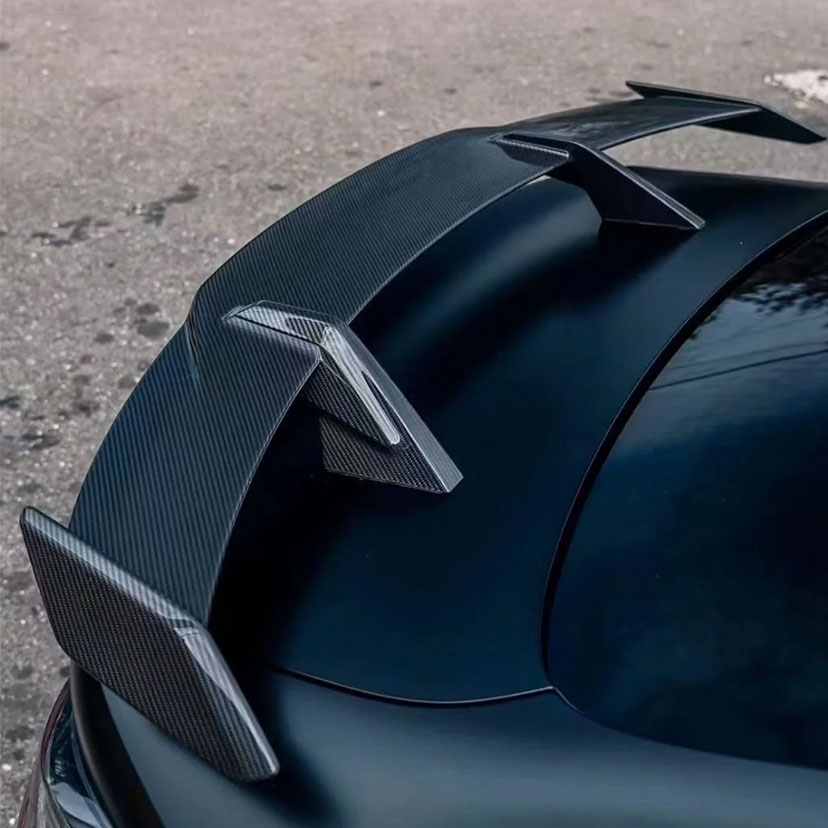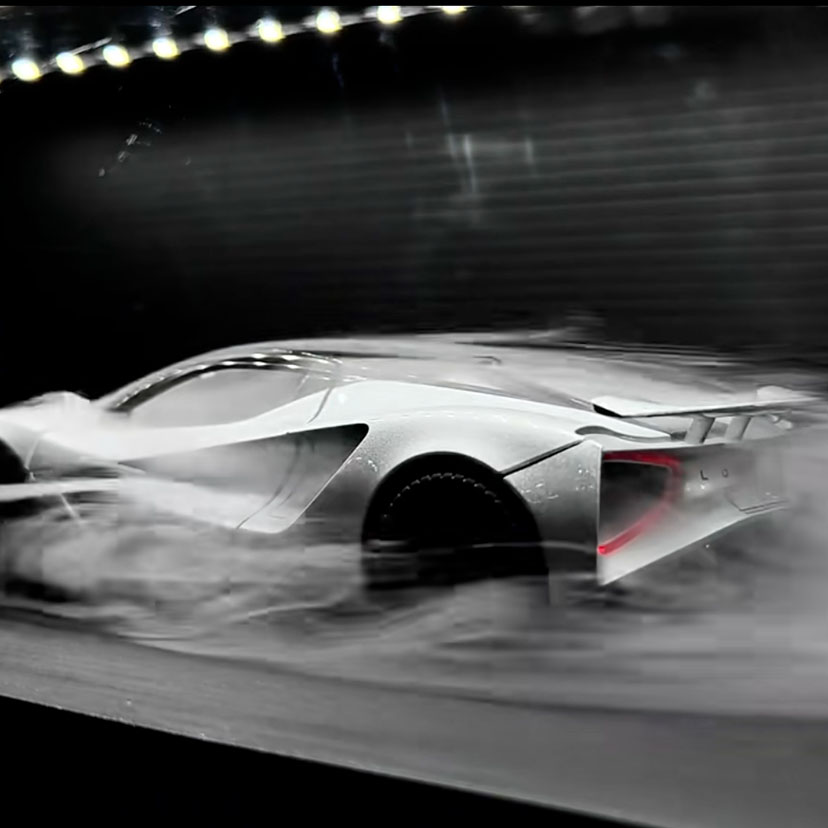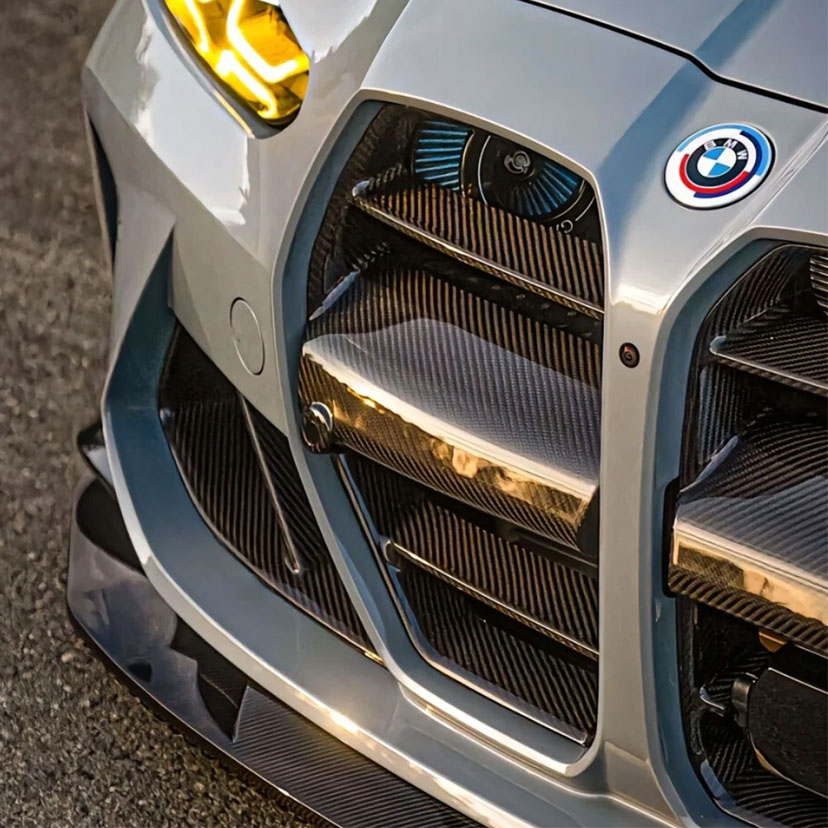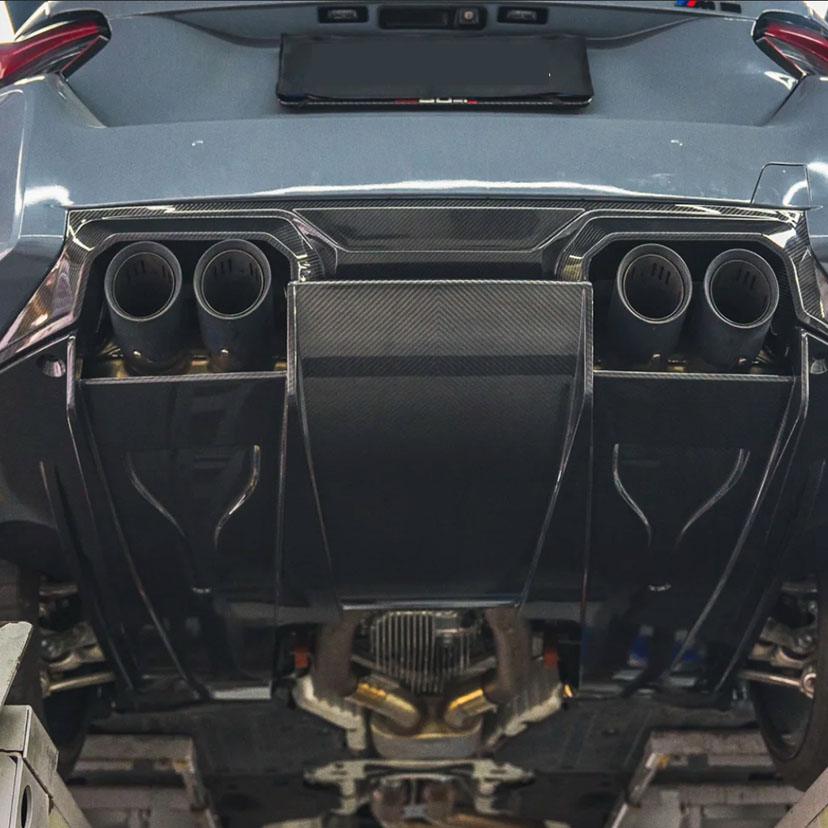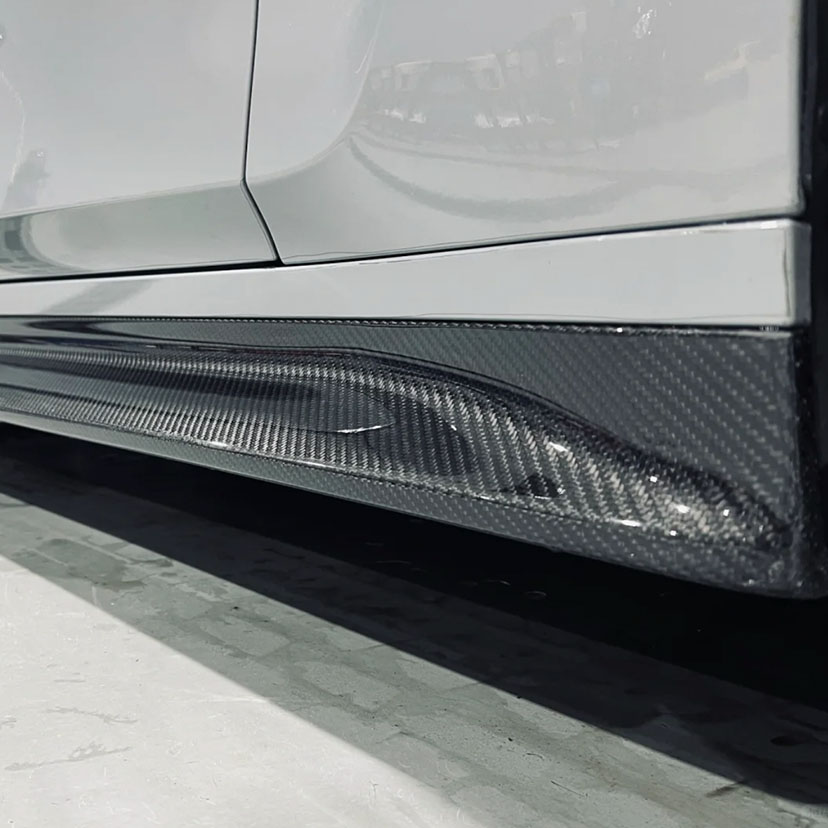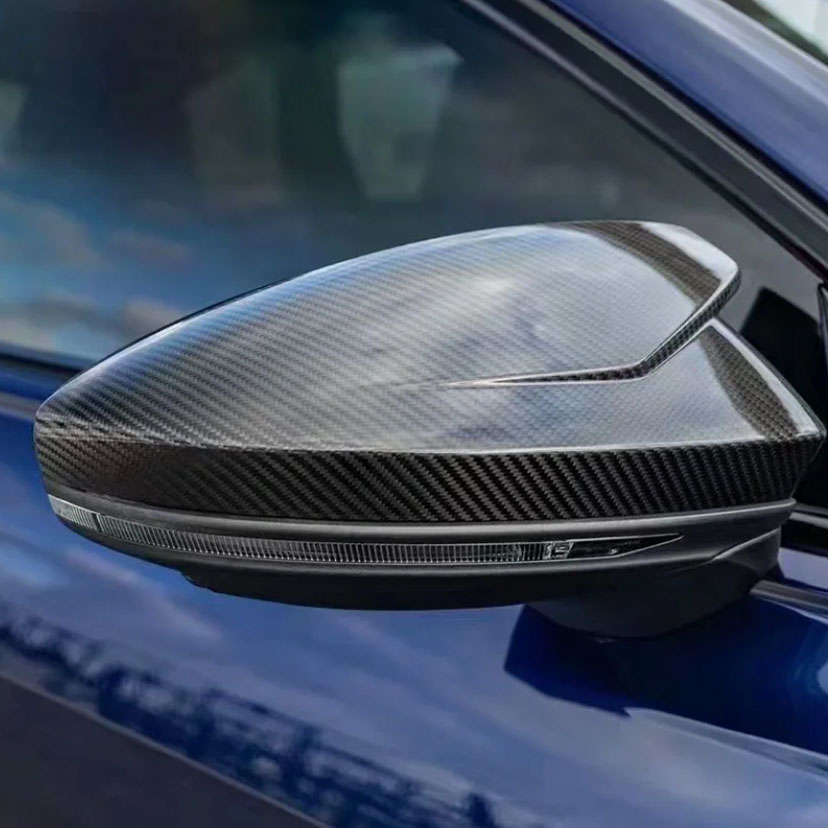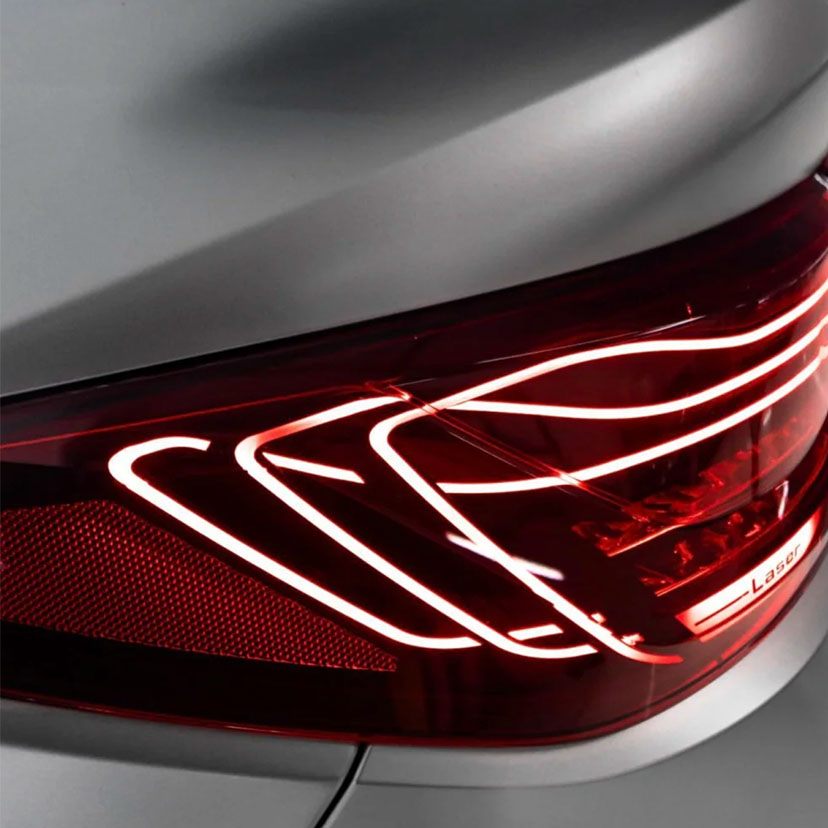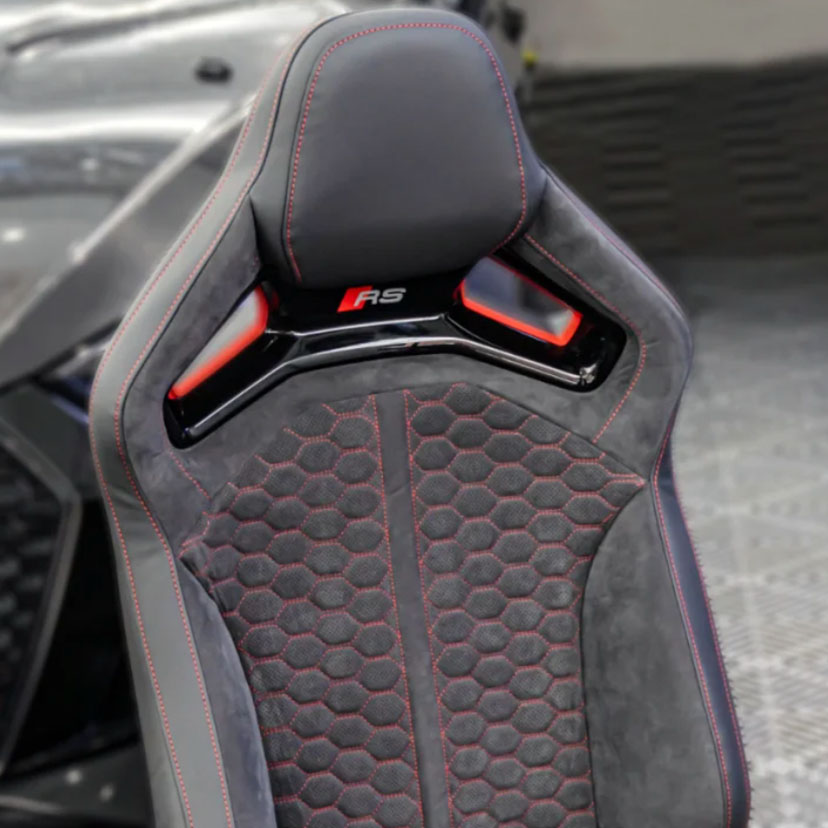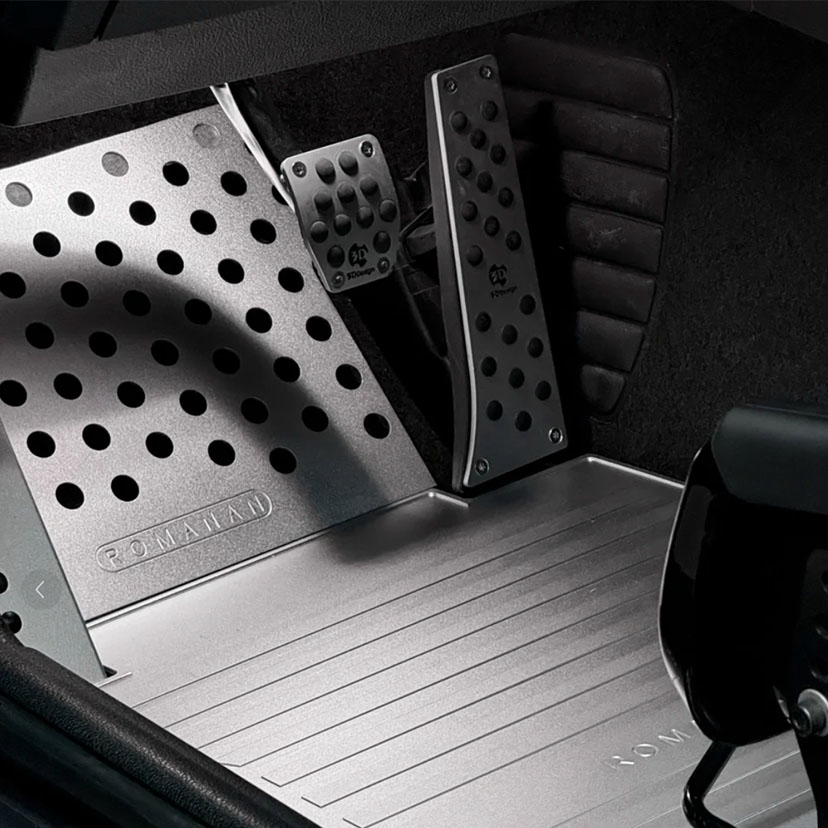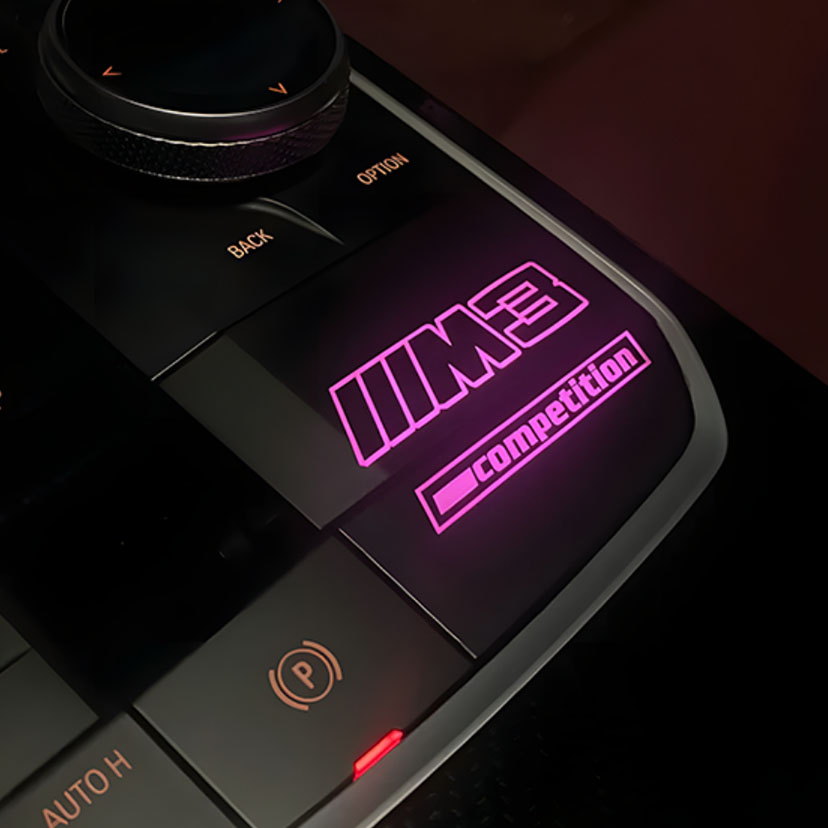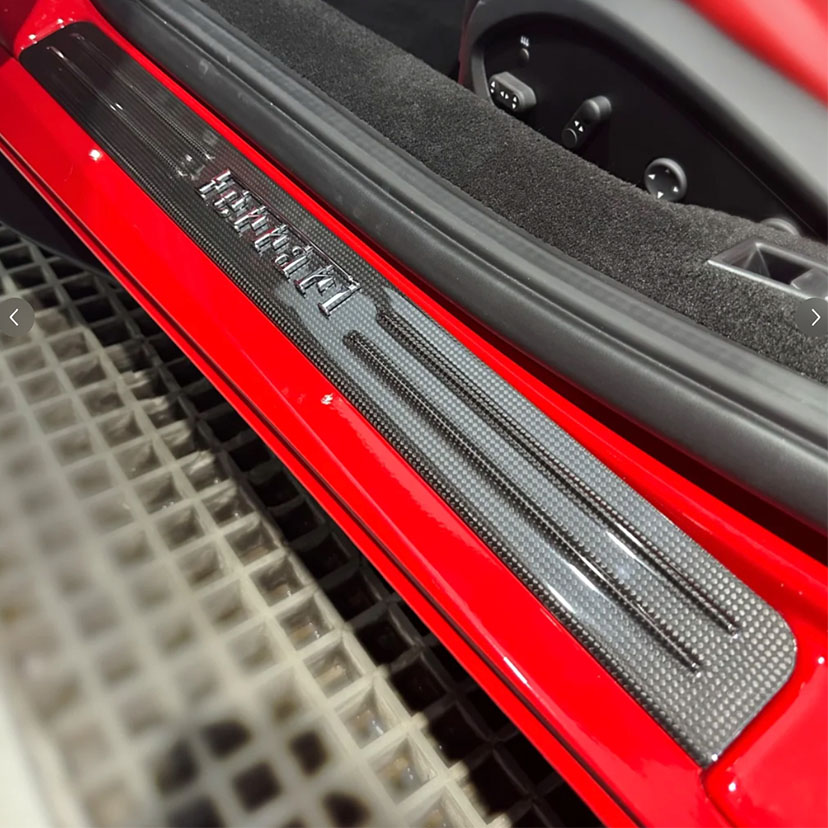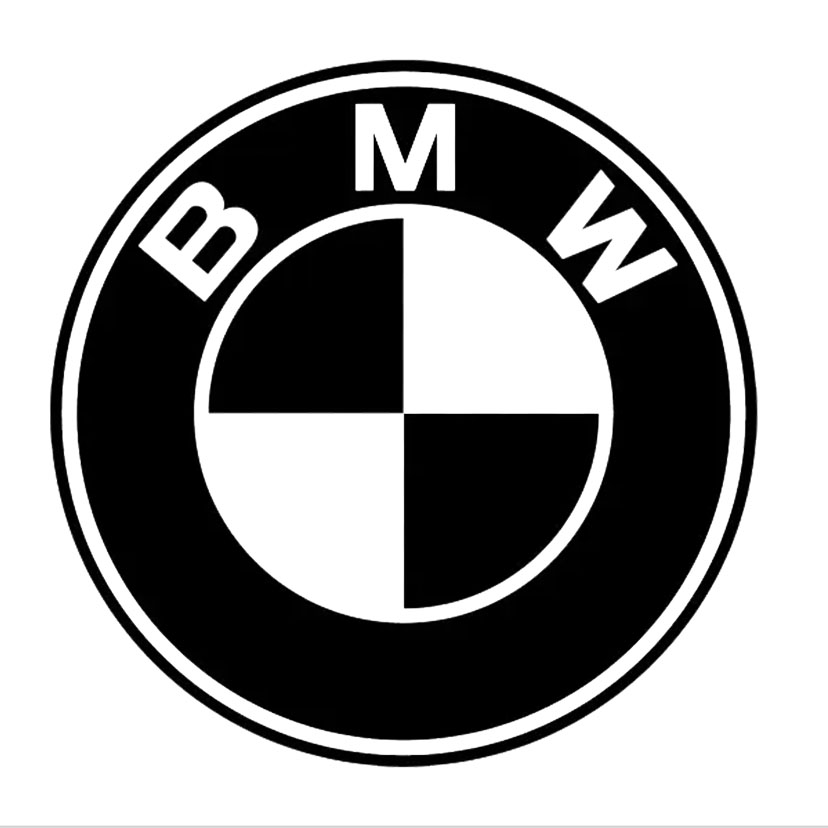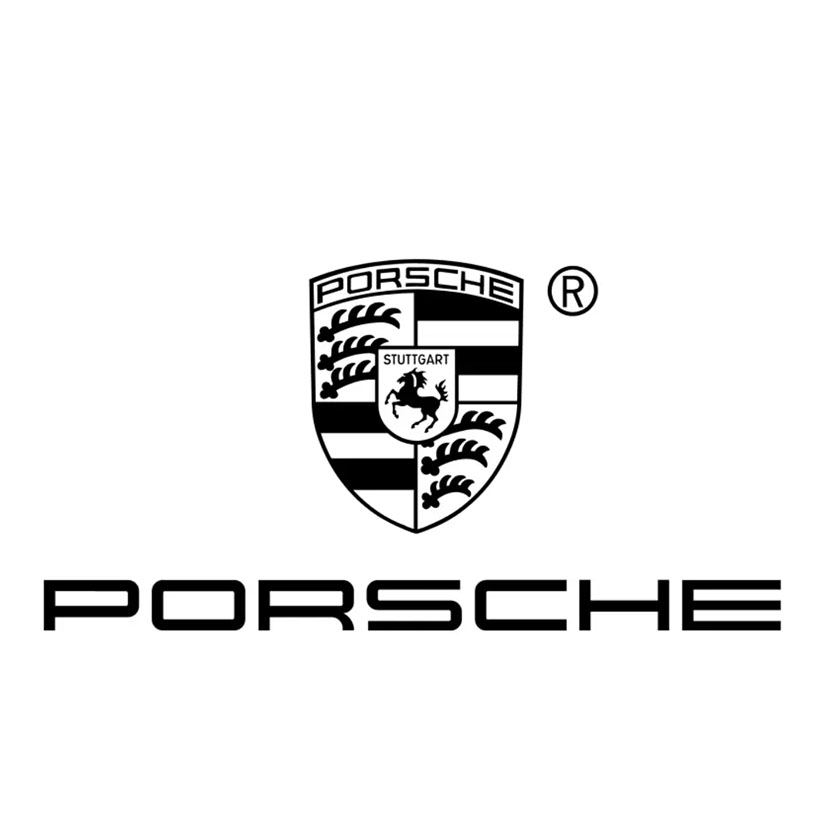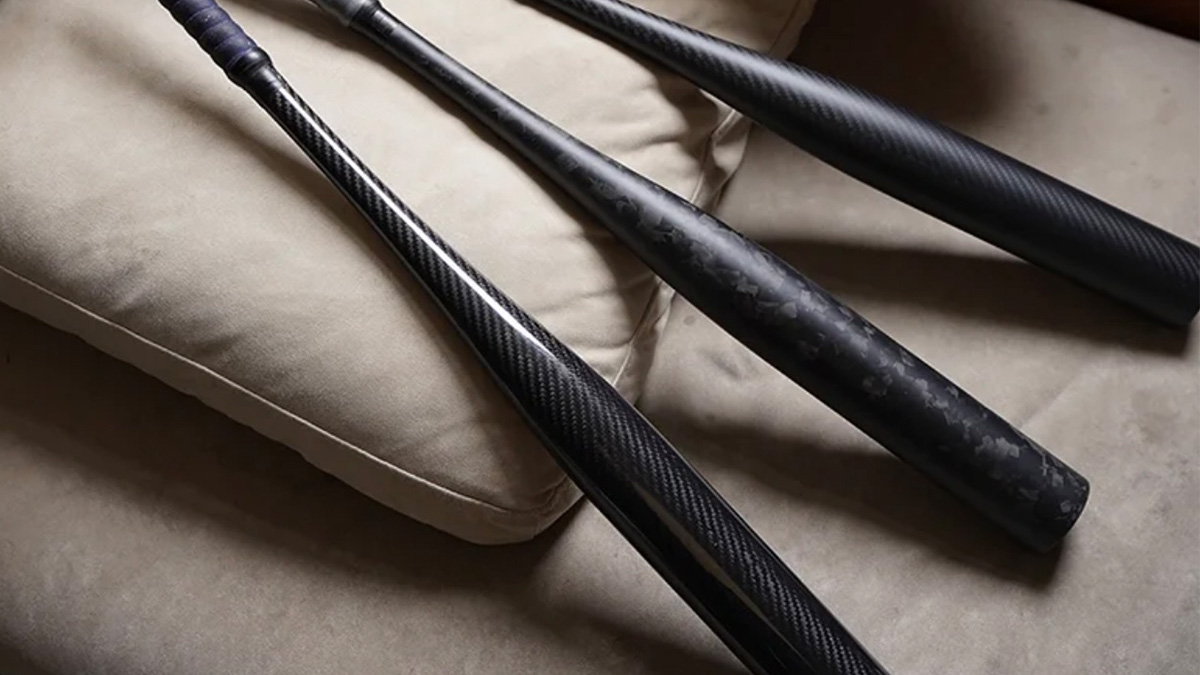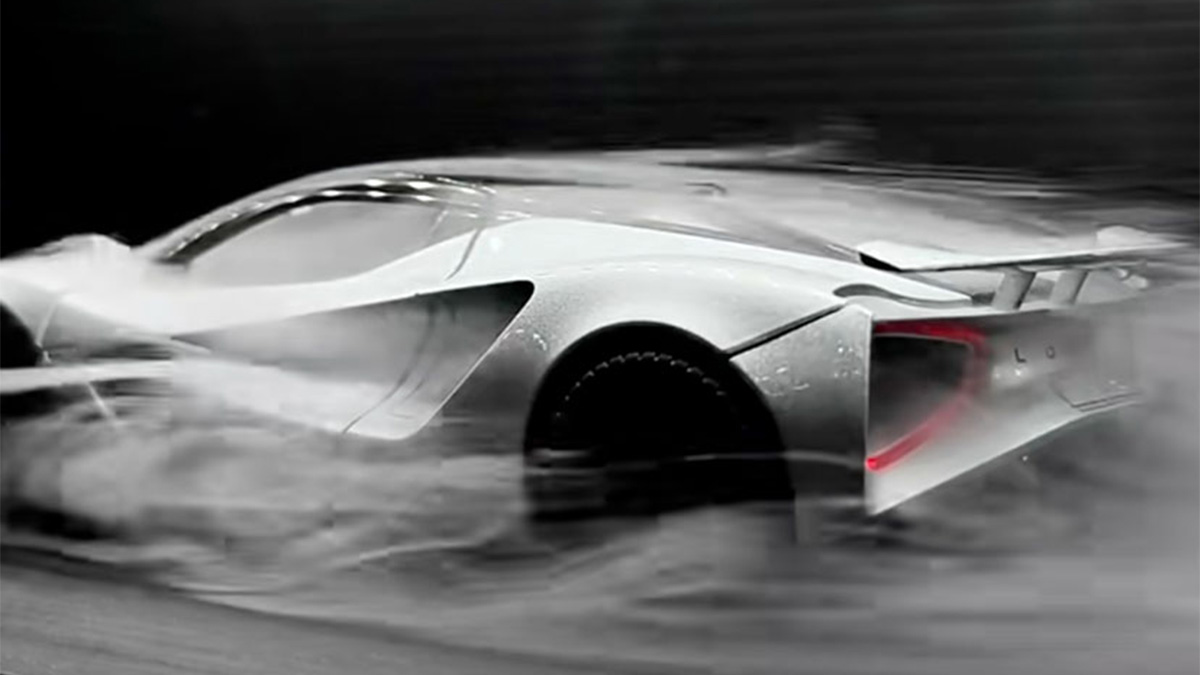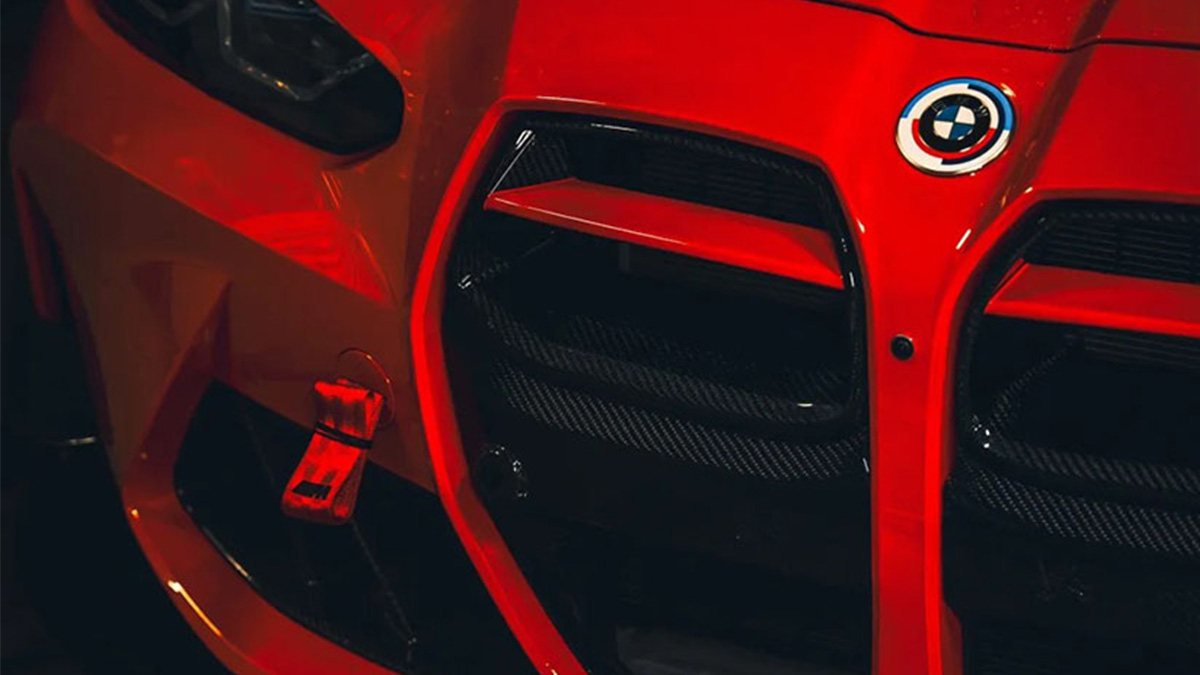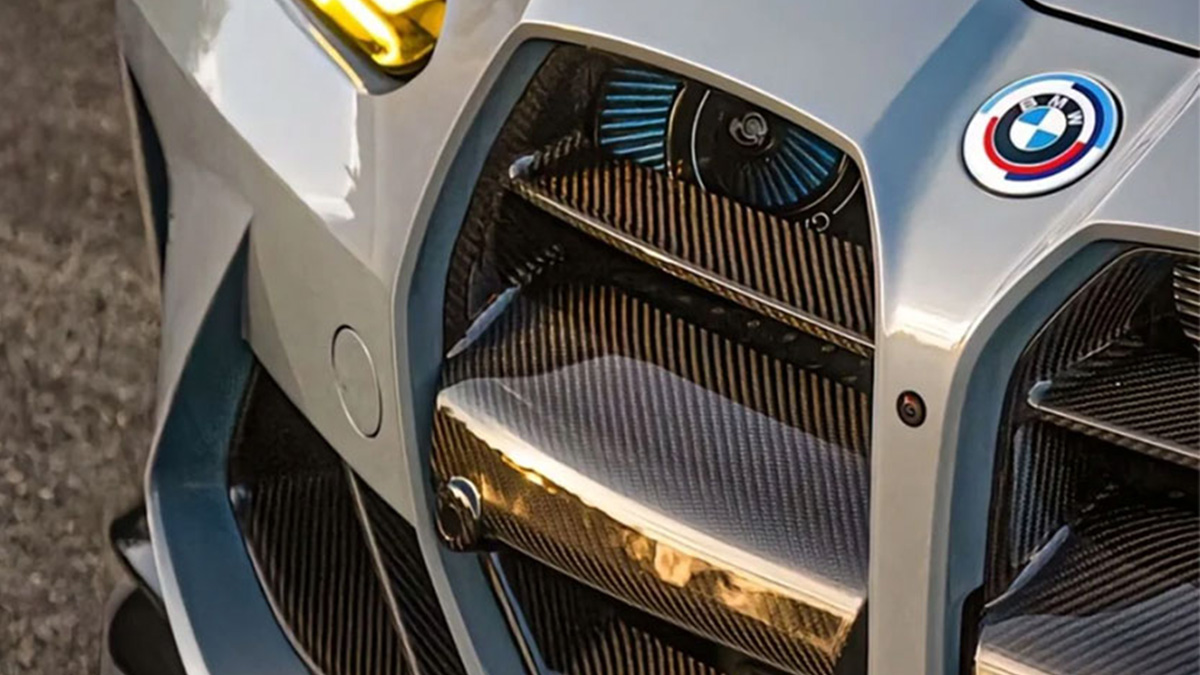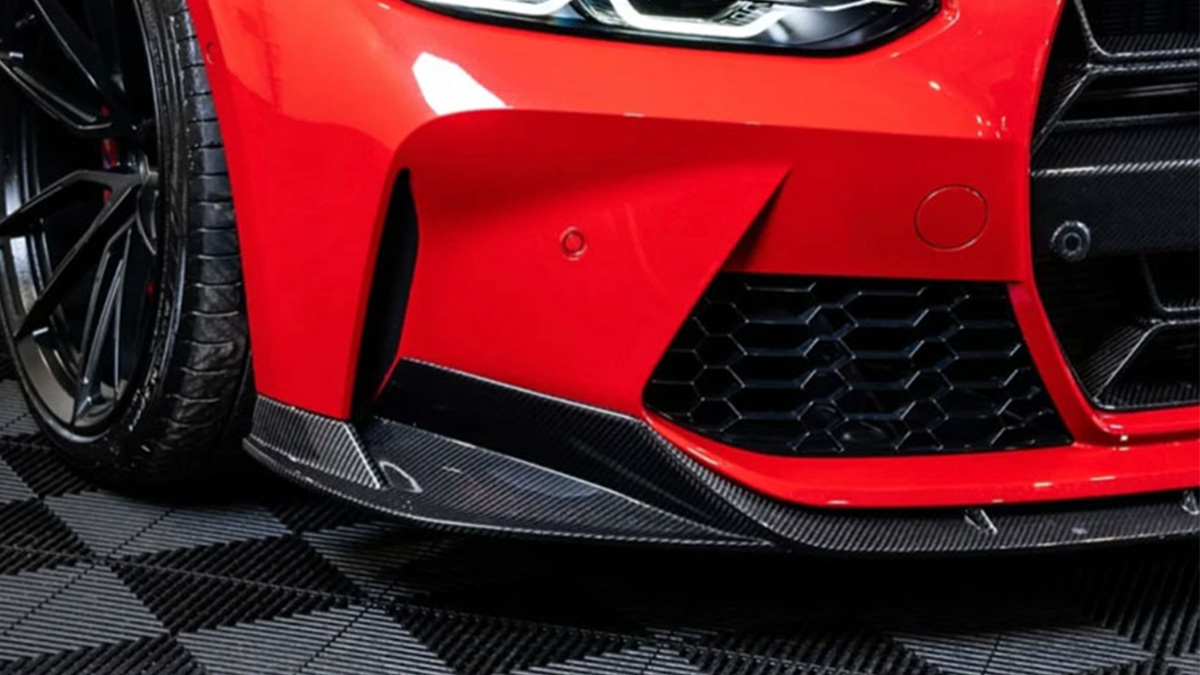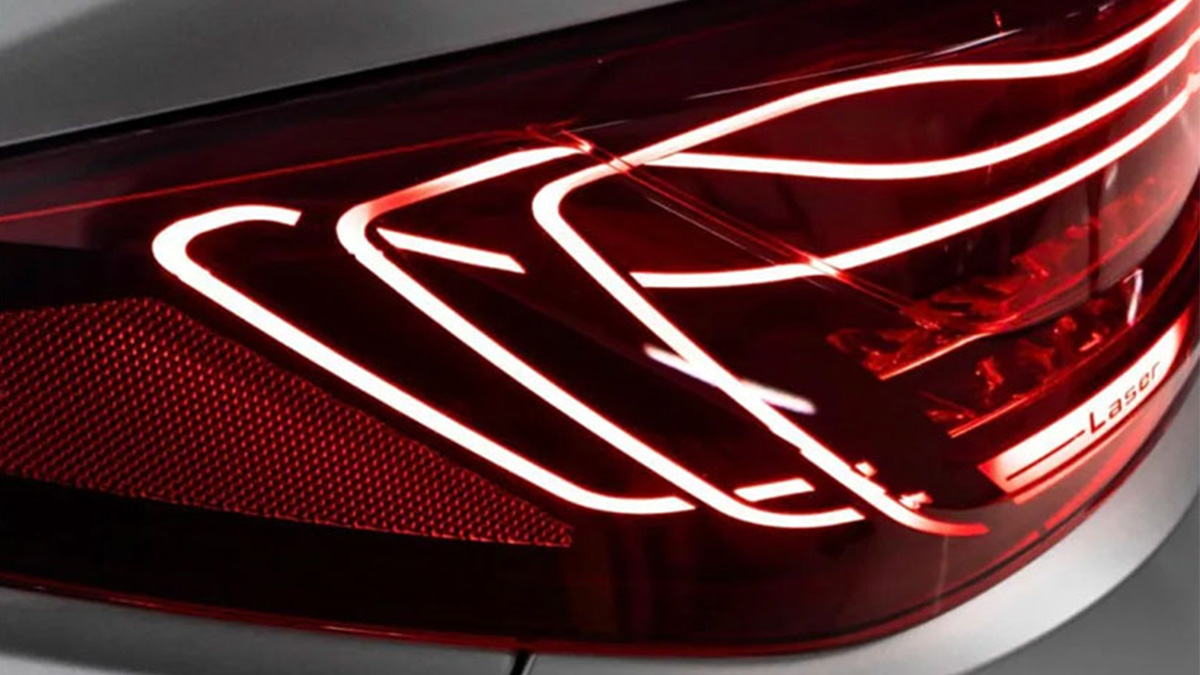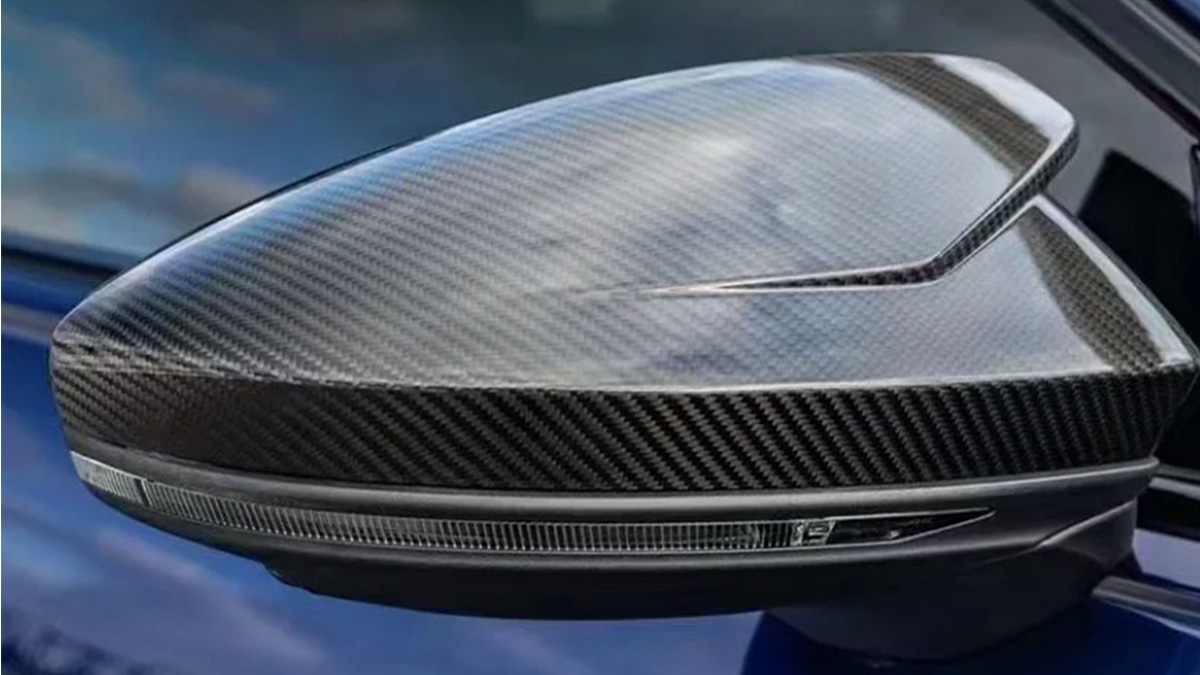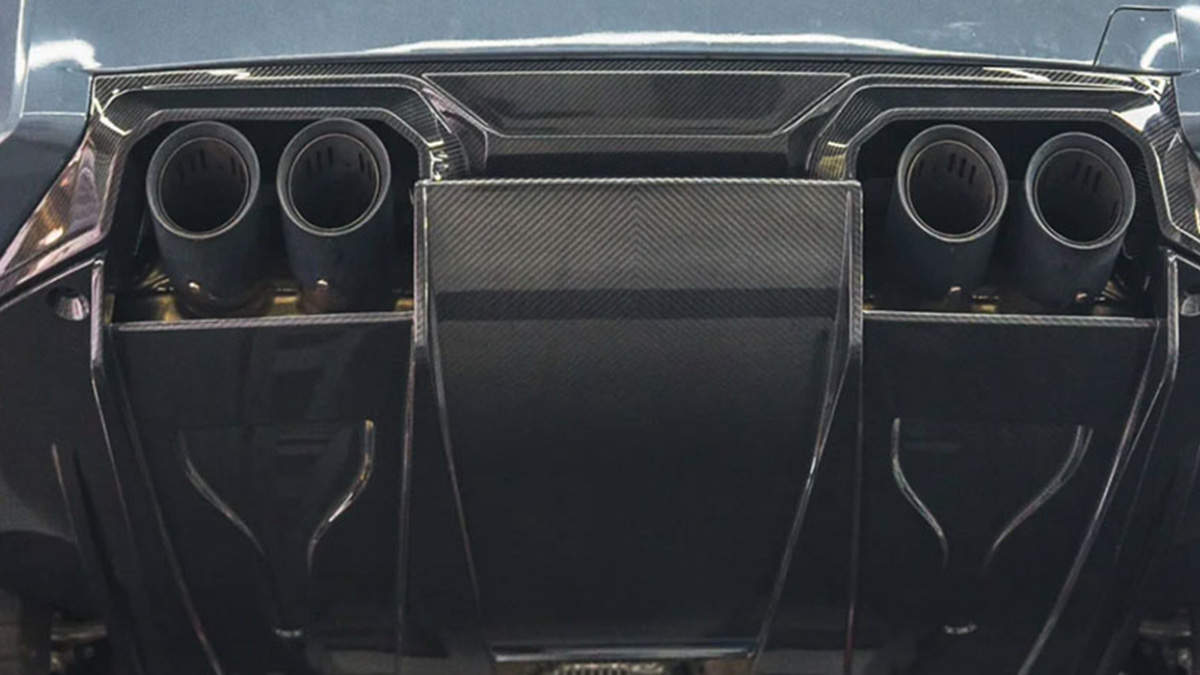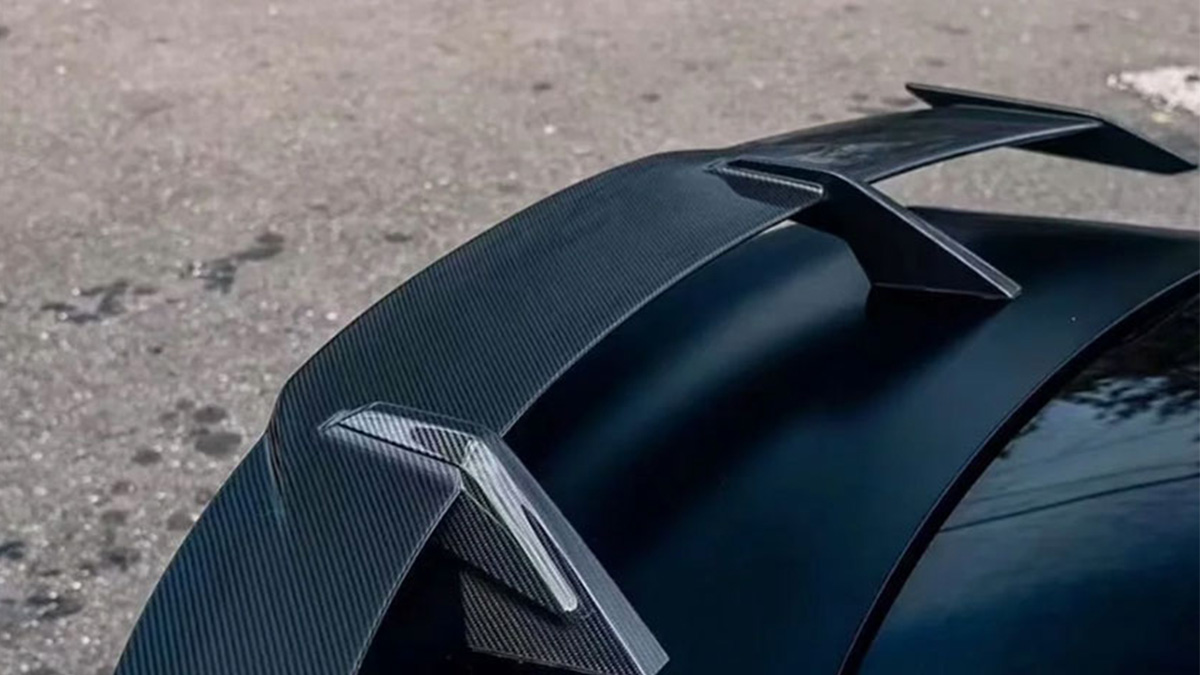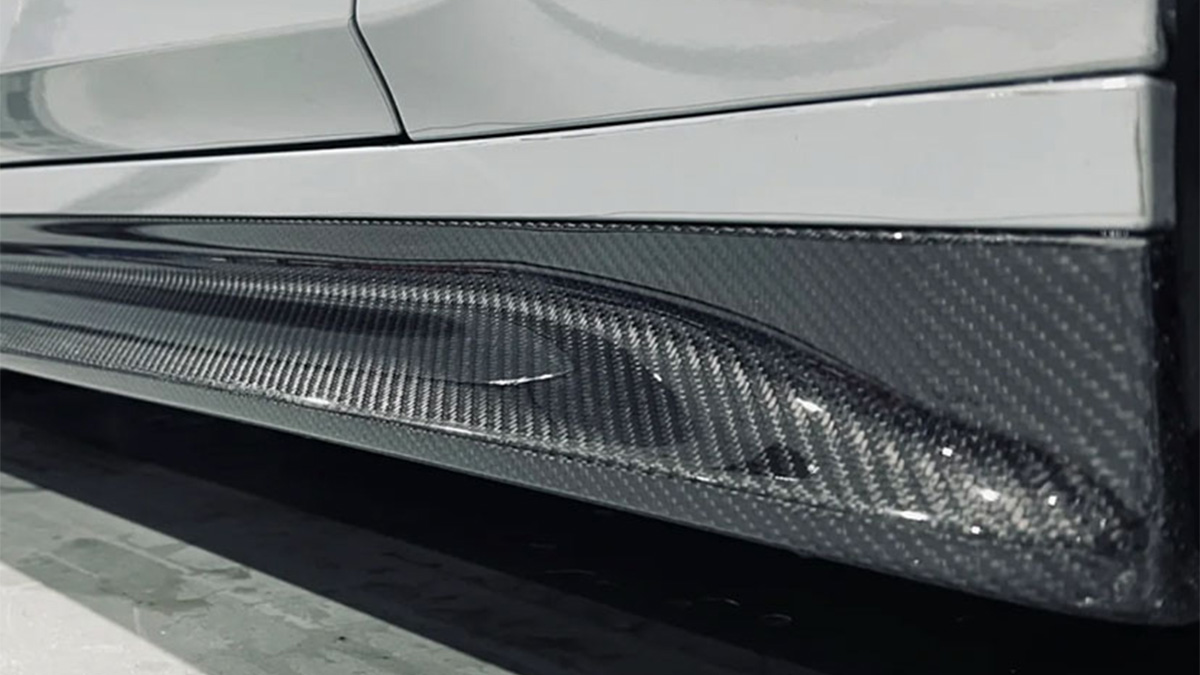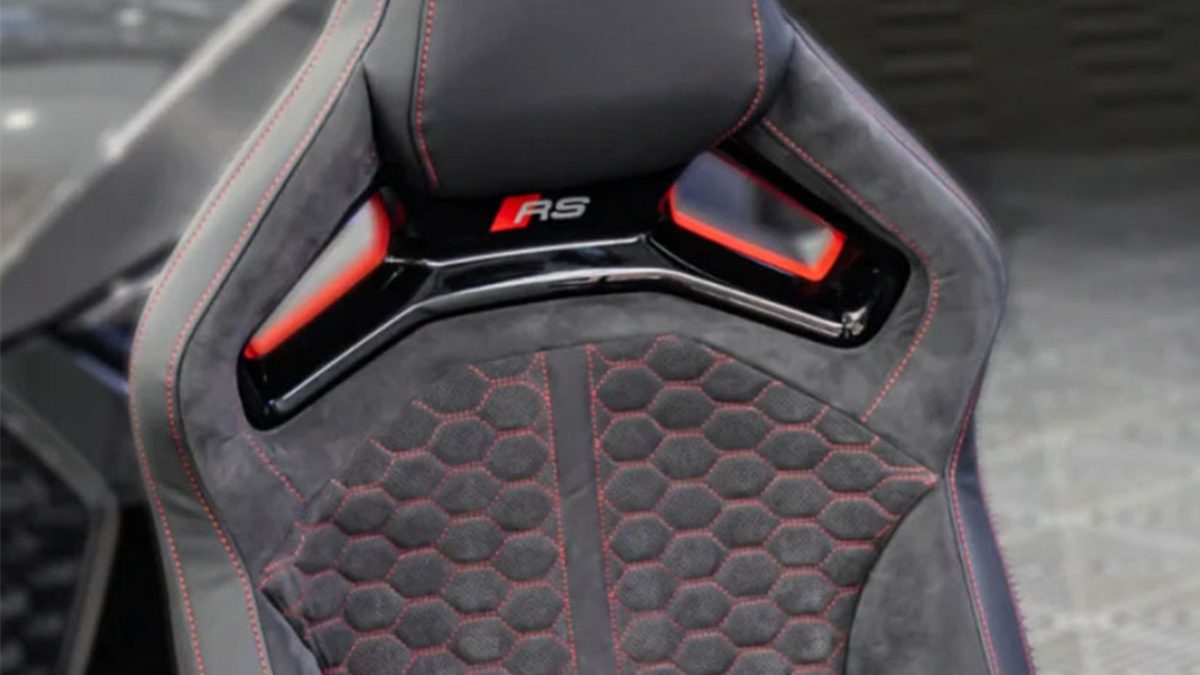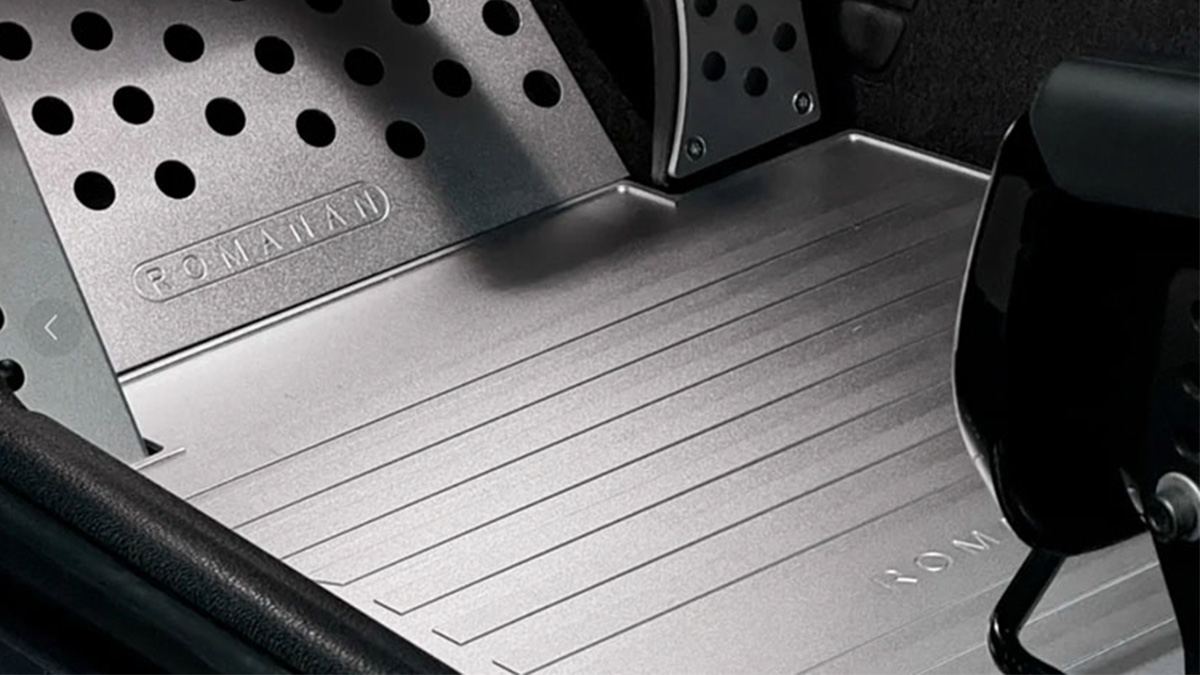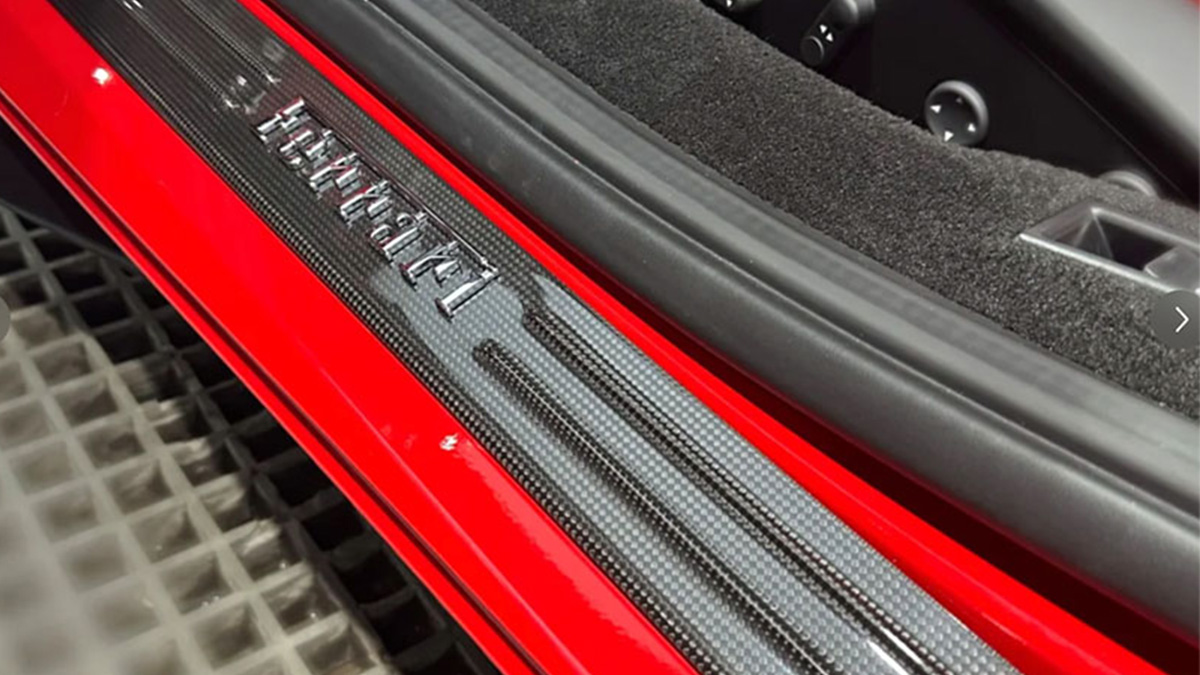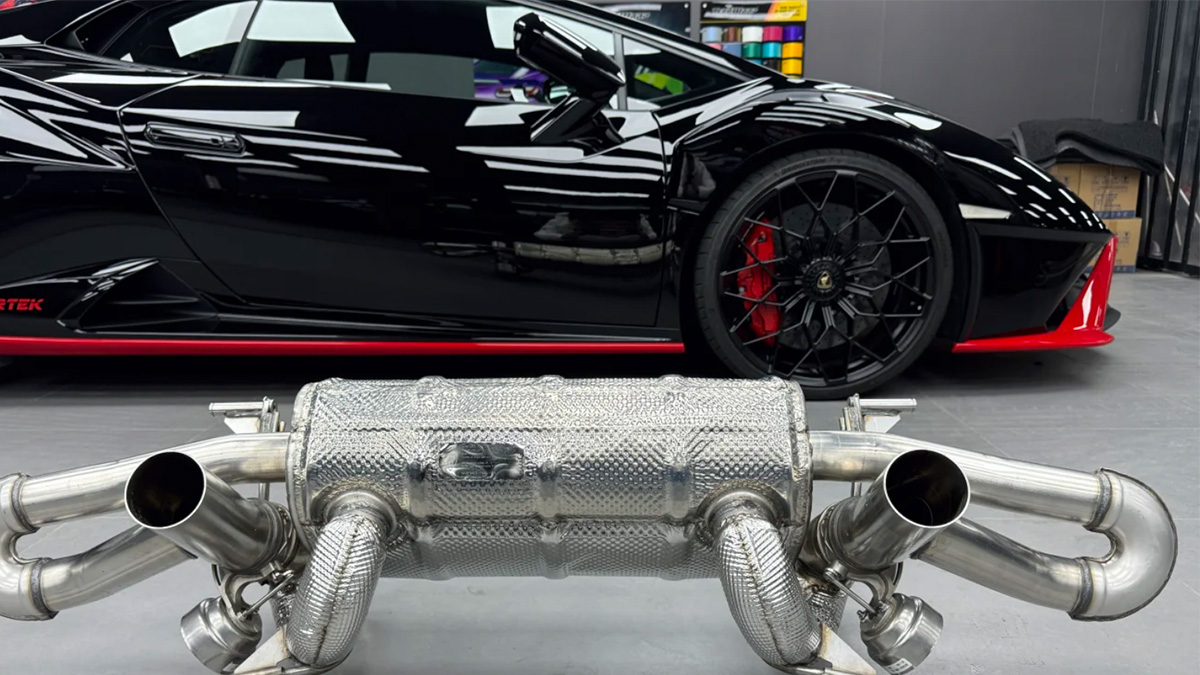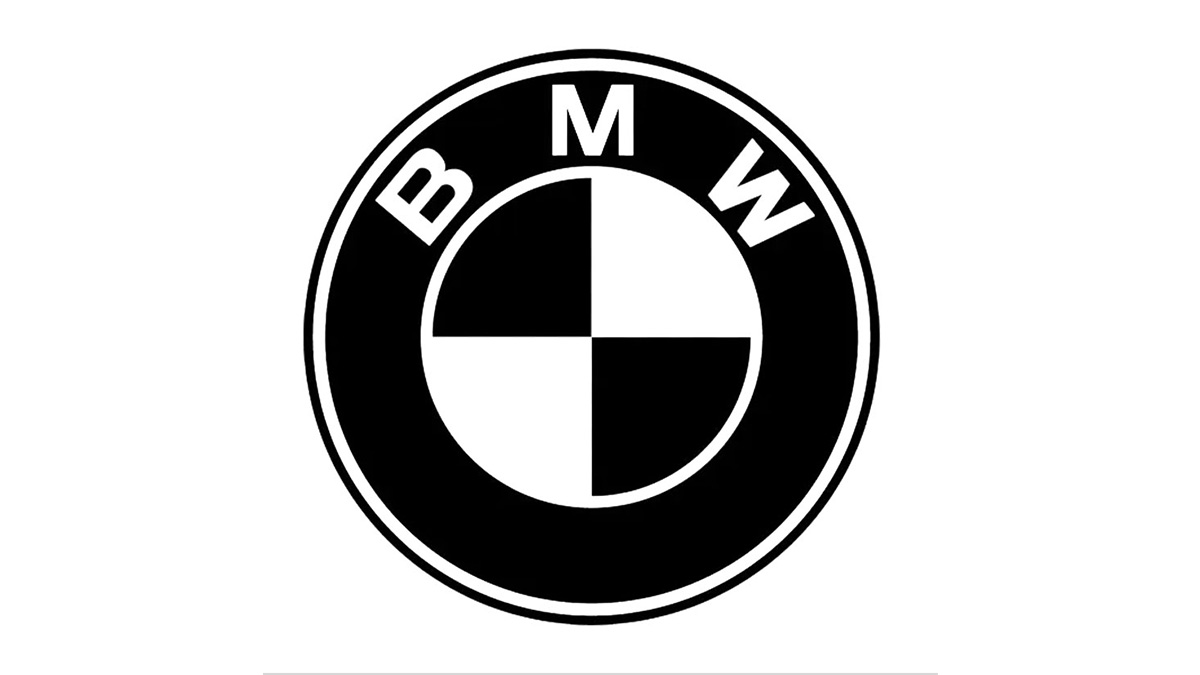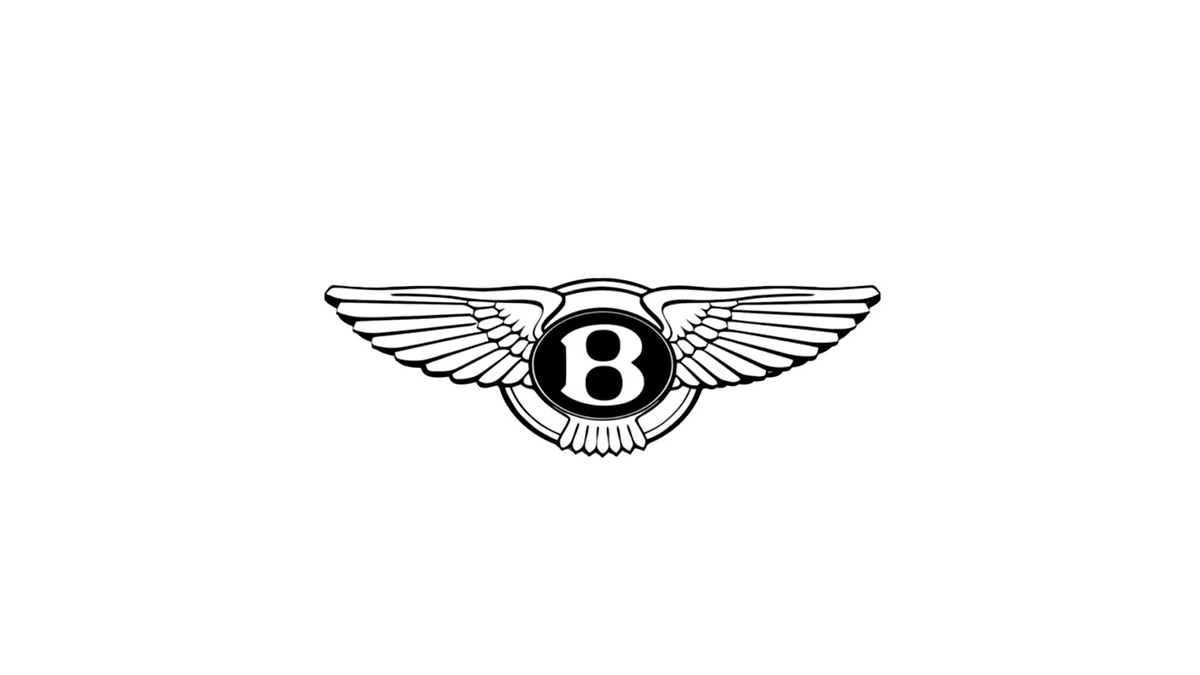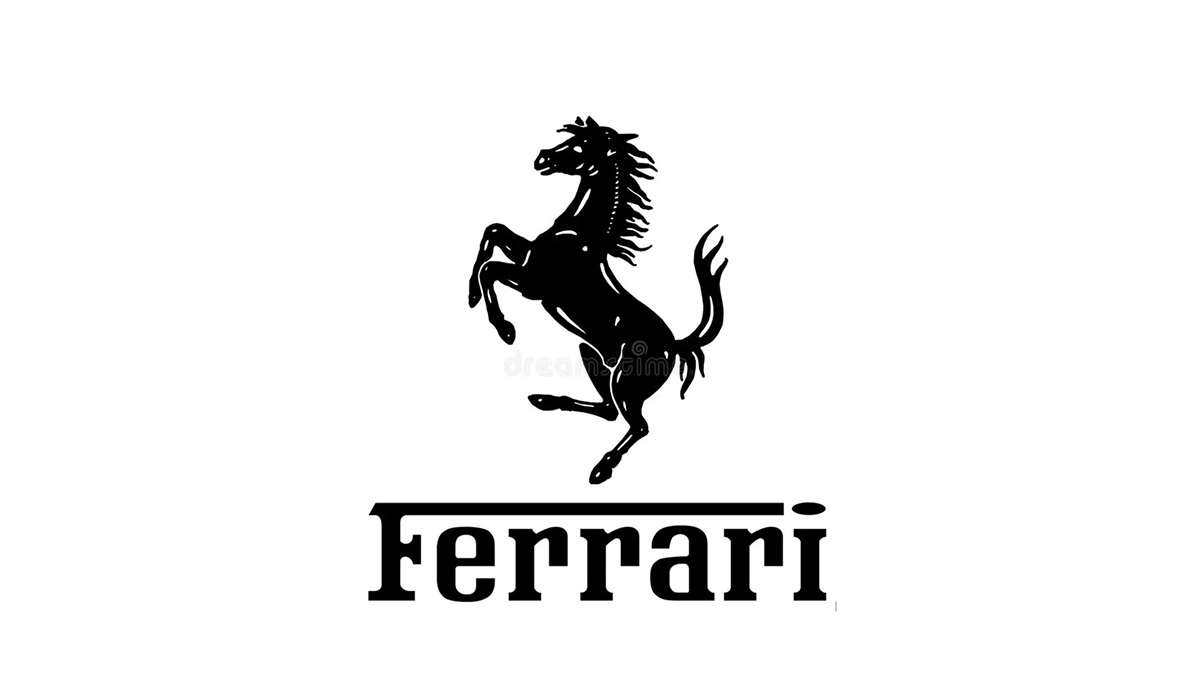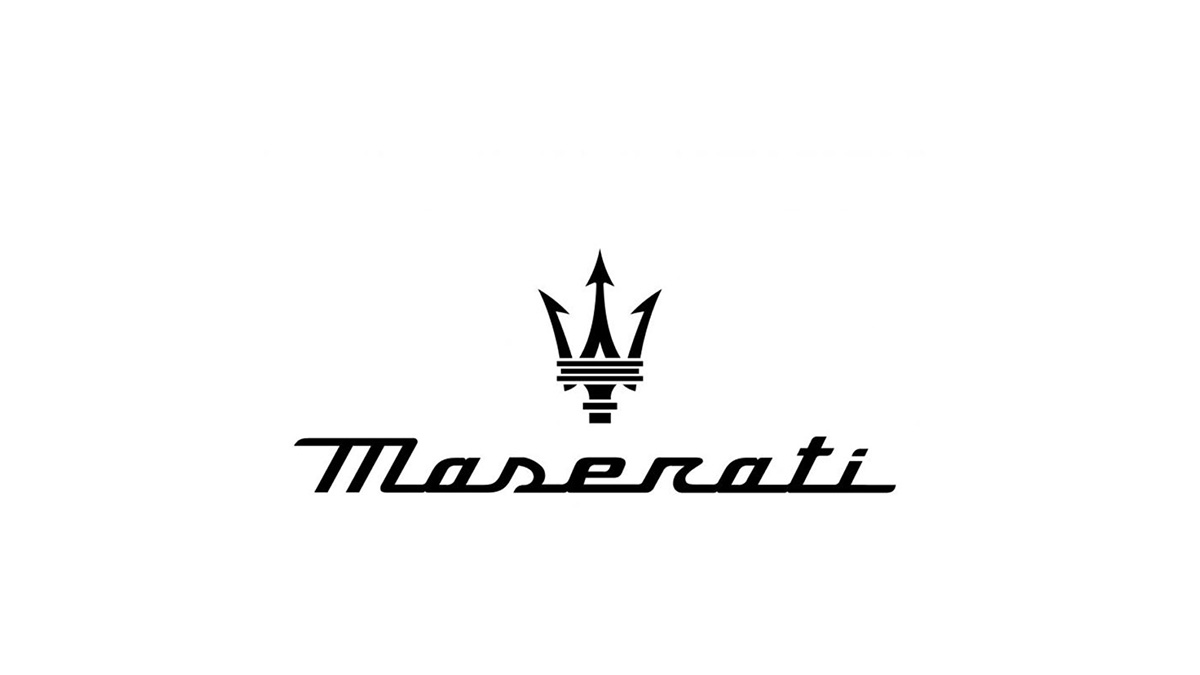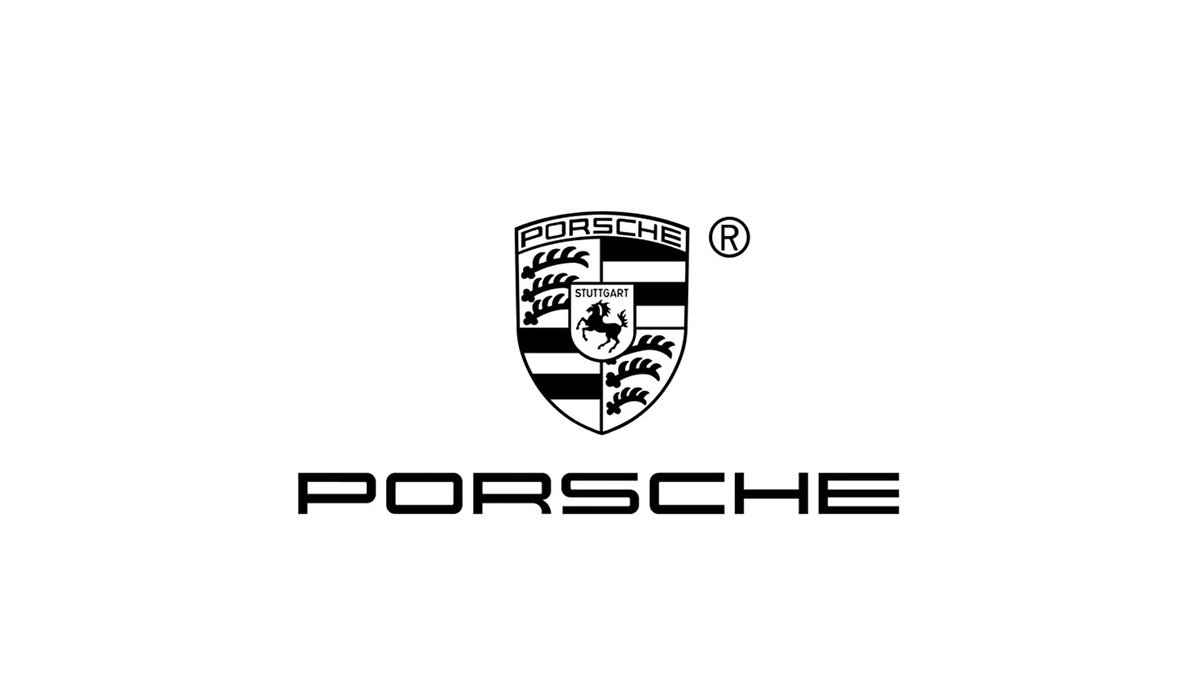De perfecte uitlaat kiezen en installeren

Choosing the right exhaust system can completely transform your car. Whether you want better performance, a unique sound, or improved fuel economy, the right system makes all the difference. It’s not just about looks or sound, though. A well-chosen exhaust system can extend your car’s life and even boost engine output by improving airflow.
But here’s the thing—installation matters just as much as selection. Improper installation can lead to serious risks. For example:
If the exhaust isn’t secured properly, it could fall off while driving, creating a major hazard.
Leaks in the system can hurt performance, damage your engine, and increase emissions.
Knowing how to select car modify exhaust systems and installing them correctly ensures your car runs safely and efficiently.
Belangrijkste opmerkingen
Think about your goals before picking an exhaust system. Decide if you want more power, better gas mileage, or a cool sound.
Learn about exhaust types like cat-back and axle-back systems. Each type gives different benefits for sound and performance.
Pick strong materials like stainless steel for your exhaust. This helps it last longer and stay rust-free, saving you money.
Make sure it fits your car’s make and model. A good fit avoids problems during installation and improves performance.
Install it correctly to stop leaks and work efficiently. A properly installed exhaust helps your engine and keeps your car safe.
How to Select Car Modify Exhaust

Understand Your Needs
Define performance goals (e.g., horsepower, fuel efficiency)
Before diving into buying exhausts, think about what you want to achieve. Are you looking to boost horsepower or improve fuel efficiency? Maybe you want a mix of both. Increasing exhaust velocity can enhance performance, especially at lower RPMs. If you’re aiming for better airflow, modifying the exhaust diameter might be the way to go. Defining your goals will help you narrow down the types of exhaust system components that suit your car.
Decide on the desired sound level and tone
Sound is a big part of exhaust selection. Do you want a deep, aggressive growl or something more subtle? Aftermarket exhaust systems can drastically change your car’s tone. Keep in mind that louder systems might not comply with local noise regulations. Choose a sound profile that matches your style but also keeps you within legal limits.
Research Exhaust System Types
Cat-back systems for balanced performance and sound
Cat-back systems are a popular choice for their balance of performance and sound. They replace everything from the catalytic converter to the tailpipe. These systems can increase horsepower and torque while giving your car a deeper, more aggressive sound. However, they can be pricier and take longer to install. Here’s a quick breakdown:
Voordelen | Nadelen |
|---|---|
Meer vermogen en koppel | Higher costs compared to axle-back systems |
Deeper and more aggressive sound | More complex and time-consuming installation |
Improved fuel economy due to reduced weight | Potential issues like buzzing and rattling if not installed properly |
Axle-back systems for easier installation and sound improvement
If you’re new to modifying your car, axle-back systems might be a good starting point. They’re simpler to install and focus on improving sound. While they don’t offer the same performance gains as cat-back systems, they’re more affordable and perfect for sedans.
Header-back systems for maximum performance gains
For those chasing maximum performance, header-back systems are the ultimate upgrade. They replace the entire exhaust system, allowing for the best airflow and efficiency. However, they’re expensive and require professional installation. These systems are ideal for high-performance vehicles or heavily modified engines.
Consider Materials and Durability
Stainless steel for rust resistance and longevity
When it comes to durability, stainless steel is the gold standard. It resists rust and handles high temperatures well, making it perfect for long-term use. Austenitic stainless steel, like 321, even includes titanium for added stability. While it’s more expensive, the investment pays off in the long run.
Aluminized steel for cost-effectiveness
If you’re on a budget, aluminized steel offers a cheaper alternative. It doesn’t last as long as stainless steel but still provides decent rust resistance. This material is a great option if you’re experimenting with exhaust system components and don’t want to break the bank.
Check Compatibility
Match the exhaust system to your car’s make and model
Before buying an automotive exhaust system, you need to confirm it fits your car perfectly. Not all systems are universal, and choosing the wrong one can lead to poor performance or installation headaches. Start by checking your car’s make, model, and year. Manufacturers often provide compatibility charts, so use those as a guide. If you’re unsure, reach out to the supplier or consult your car’s manual.
Pay attention to exhaust routing. Some systems might require specific layouts that don’t match your car’s design. For example, a system designed for a sedan may not work for an SUV. Ensuring compatibility saves you time and prevents costly mistakes.
Ensure compatibility with other modifications, such as engine upgrades
If you’ve made other modifications to your car, like engine performance tuning, you’ll need to consider how the new exhaust system interacts with those changes. A high-flow exhaust might pair well with a turbocharged engine, but it could cause issues with a stock setup. Think about how the exhaust routing aligns with your upgrades.
You should also check for clearance issues. Some modifications, like larger tires or suspension changes, might interfere with the exhaust system. Double-check everything to avoid surprises during installation.
Ensure Legal Compliance
Understand local noise and emissions regulations
Every area has its own rules for noise and emissions. Before installing a new exhaust, research your local laws. Some systems might sound amazing but exceed noise limits. Others could fail emissions tests, especially if they bypass the catalytic converter.
Ignoring these regulations can lead to fines or even force you to remove the system. Stay informed to avoid these hassles.
Choose CARB-approved systems if required in your area
If you live in a state like California, you’ll need a CARB-approved exhaust system. CARB (California Air Resources Board) ensures systems meet strict emissions standards. Look for systems labeled as CARB-compliant. This guarantees your car stays street-legal and avoids penalties.
Even if you’re not in a CARB-regulated area, choosing a compliant system can future-proof your car. Regulations change, and staying ahead of them is always a smart move.
Installing an Exhaust Upgrade

Gather the Necessary Tools and Materials
Before you start upgrading the exhaust system, make sure you have the right tools and materials. Having everything ready will save you time and frustration. Here’s a list of essential tools:
Dopsleutelset
Box-end wrenches (great for tight spots)
Locking pliers (for stubborn, rusty bolts)
Rotary cutting tool or reciprocating saw (when bolts refuse to budge)
Rubber mallet (to separate tubing sections)
Pry bars (for removing hangers and positioning parts)
Oxygen sensor socket (if needed)
Grinder and breaker bar
Don’t forget additional items like replacement gaskets, clamps, and seals. These small parts are often overlooked but are crucial for a proper exhaust system installation. Also, grab the right safety gear, including gloves and safety glasses, to protect yourself during the process.
Pro Tip: Always check if your exhaust system upgrade comes as a full kit with instructions. This can simplify the process and ensure you have all the necessary parts.
Prepare Your Vehicle
Safety comes first when working under your car. Start by lifting and securing your vehicle properly. Follow these steps:
Locate the jacking points in your car’s manual.
Use a floor jack to lift the vehicle slowly.
Place jack stands under the frame or subframe and lower the car onto them.
Repeat on the other side for stability.
Never rely solely on the jack to support your car. For extra safety, place backup supports like concrete blocks or spare tires under the vehicle. Once secure, inspect the existing exhaust system for rust, damage, or loose parts. Identifying issues early can prevent surprises during installation.
Remove the Old Exhaust System
Removing the old system requires patience. Start by spraying penetrating oil on bolts and clamps to loosen them. Use six-pointed sockets or a breaker bar to carefully remove the hardware. If bolts are too rusty, a rotary cutting tool can help. Detach the system piece by piece, ensuring no parts are left behind.
Opmerking: Exhaust hangers can be tricky. Use hanger pliers or pry bars to remove them without damaging other components.
With the old system out, you’re ready to move on to installing the new exhaust upgrade.
Install the New Exhaust System
Align the new system with the car’s mounting points
Getting the alignment right is crucial for a successful exhaust upgrade. Start by adjusting the flanges on each header so the header pipe fits snugly inside the donuts. This step prevents leaks and ensures proper support. Next, center the muffler in your car, making sure the tips sit evenly in the bumper slots. Use the spring supports to keep the muffler vertical while you position it.
If the Y-pipe connection to the muffler seems off-center, adjust it slightly to the left or right. Fit the catalytic converters or bypass pipes into the muffler, then tweak the muffler’s position to control how far the tips stick out. Rotate the muffler, valve, and Y-pipe assembly to get the tips at the right height. Finally, slide the adjustable cat or test pipe flange into place and loosely attach the clamps. Once everything looks aligned, tighten all the connections securely.
Pro Tip: Tighten bolts gradually and evenly to avoid misalignment. Over-tightening can damage components, so use the right tools and follow the instructions provided with your exhaust system.
Install components loosely first, then tighten after adjustments
When installing the new exhaust system, resist the urge to tighten everything right away. Instead, loosely attach all components first. This approach gives you the flexibility to make adjustments as needed. For example, you might need to reposition the muffler or adjust the pipe angles to avoid interference with other parts. Once everything is in place and aligned, go back and tighten the bolts and clamps.
Opmerking: Skipping this step can lead to rattling noises or even a poorly secured exhaust system. Take your time to ensure everything fits perfectly.
Test and Adjust for Safety
Check for leaks, misalignments, or interference with other components
Before hitting the road, inspect your new exhaust system for any issues. Look for leaks at welds, clamp connections, and pipe joints. You can also listen for unusual sounds during a test drive, as these often indicate leaks or misalignments. Check the exhaust mounts to ensure they’re secure and in good condition. If you notice performance drops or overheating, there might be a blockage that needs immediate attention.
Safety Tip: A leaking exhaust can harm your engine and increase emissions. Always double-check for leaks to keep your car running efficiently and safely.
Test the sound and performance to ensure satisfaction
Once you’ve confirmed there are no leaks or misalignments, it’s time to test your exhaust upgrade. Start your car and listen to the sound. Does it match the tone and volume you wanted? Take the car for a short drive to evaluate its performance. Pay attention to how the engine responds and whether the exhaust feels secure. If everything checks out, congratulations—you’ve successfully completed your exhaust upgrade!
Herinnering: If you’re not satisfied with the sound or performance, revisit the alignment and connections. Small adjustments can make a big difference.
Choosing the right exhaust system isn’t just about improving your car’s sound or performance—it’s about making a smart, long-term investment. To recap, here’s what you should focus on:
Understand your goals, whether it’s better sound, performance, or aesthetics.
Research exhaust types like cat-back or axle-back systems to find the best fit.
Pick durable materials like stainless steel for longevity.
Ensure compatibility with your car and local regulations.
Proper installation is just as important. A well-installed exhaust prevents harmful gas leaks, boosts engine efficiency, and even increases horsepower. Whether you’re tackling this as a DIY project or hiring a pro, take the time to do it right. You’ve got this! 🚗✨


